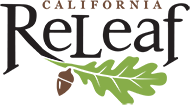Benefits of Urban Trees
The Power of Trees: Changing Our World One Tree at a Time
Trees make our communities healthy, beautiful, and livable. Urban trees provide an immense range of human, environmental, and economic benefits. Below are just a few of the reasons why trees matter to the health and well-being of our families, communities, and world!
Want to learn more? See our citations listed at the bottom for research about the benefits of urban trees. We also highly recommend you visit Green Cities: Good Health Research, a page dedicated to Urban Forestry and Urban Greening Research.
Download our “Power of Trees Flyer” (English / Spanish) to help spread the word about the many benefits of planting and caring for trees in our communities.
Customize our “Power of Trees” Flyer using our Canva template (English / Spanish), which outlines the benefits of trees and why they are important to help our families, community, and world. All you need to do is add your logo, website, social media handle(s), and organization tagline or contact information.
A free account with Canva is required to access, edit, and download the template. If you are a nonprofit, you can get a FREE Canva Pro for Nonprofits account by applying on their website. Canva also has some great tutorials to help you get started. Need some graphic design help? Watch our Graphics Design Webinar!
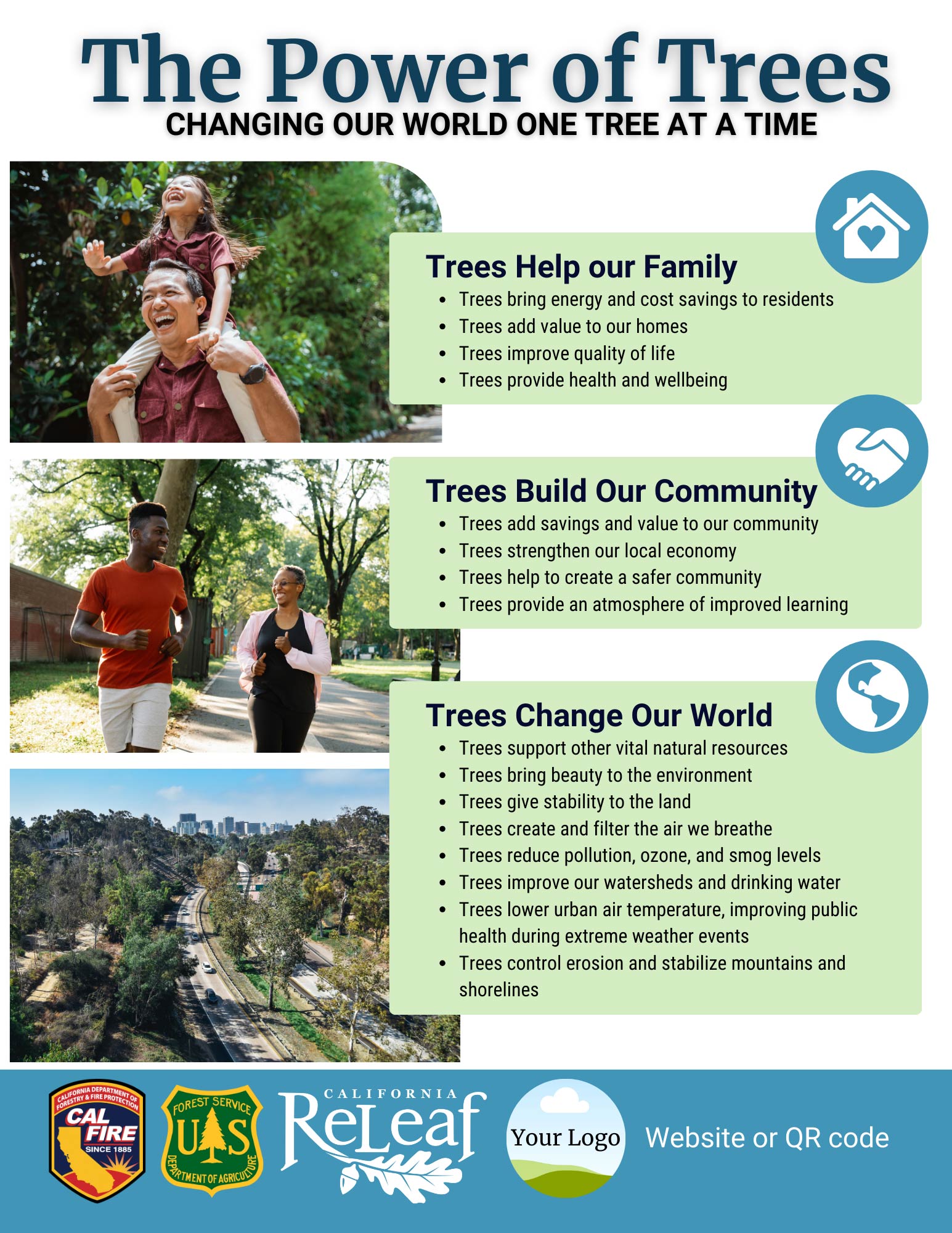

Trees Help Our Family
- Provide shade canopy to encourage outdoor activity
- Reduce symptoms of asthma and stress, improve physical, emotional, and mental health
- Filter out the pollutants from the air we breathe
- Make a positive impact on the dollar value of our property
- Decrease energy usage and air conditioning needs
- Give privacy and absorb noise and outdoor sounds
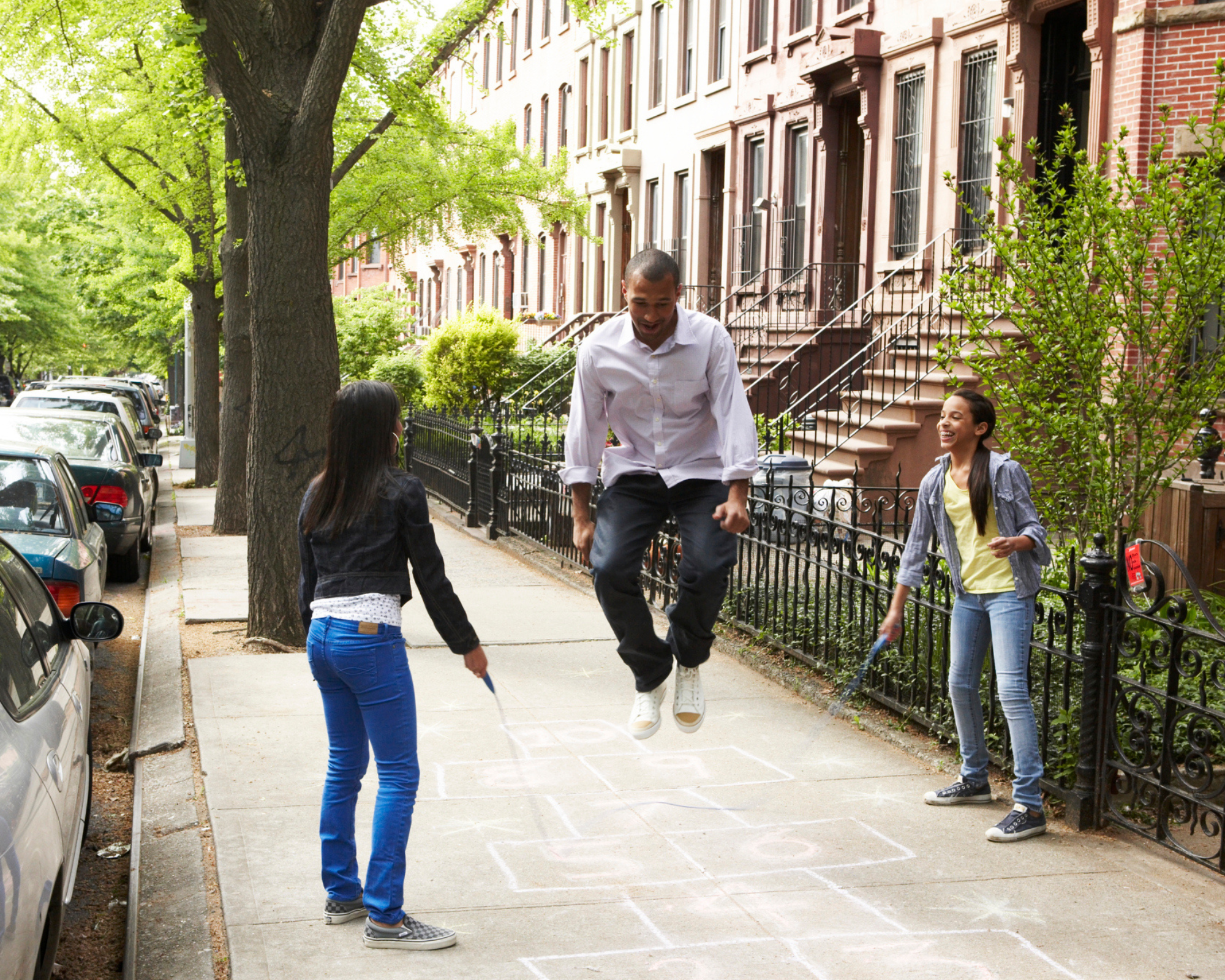
Trees Help Our Community
- Lower urban air temperature, improving public health during extreme weather events
- Extend life of roadway pavement via shade
- Attract retail clientele, increase business revenues and property value
- Filter and control storm water, lower water treatment costs, remove sediment and chemicals and minimize erosion
- Reduce crime, including graffiti and vandalism
- Increase safety for drivers, passengers and pedestrians
- Help children concentrate and improved ability to learn often increasing academic performance

Trees Help Our World
- Filter the air and reduce pollution, ozone and smog levels
- Create oxygen by transforming carbon dioxide and other harmful gases
- Improve our watershed and drinking water quality
- Help control erosion and stabilize shorelines
Trees Improve the Air We Breathe
- Trees remove carbon dioxide from the air by sequestration
- Trees filter air pollutants, including ozone and particulates
- Trees produce life supporting oxygen
- Trees reduce asthma symptoms
- A 2014 USDA Forest Service research study indicate that trees’ improvement to air quality help humans avoid more than 850 deaths and more than 670,000 instances of acute respiratory symptoms in a given year.
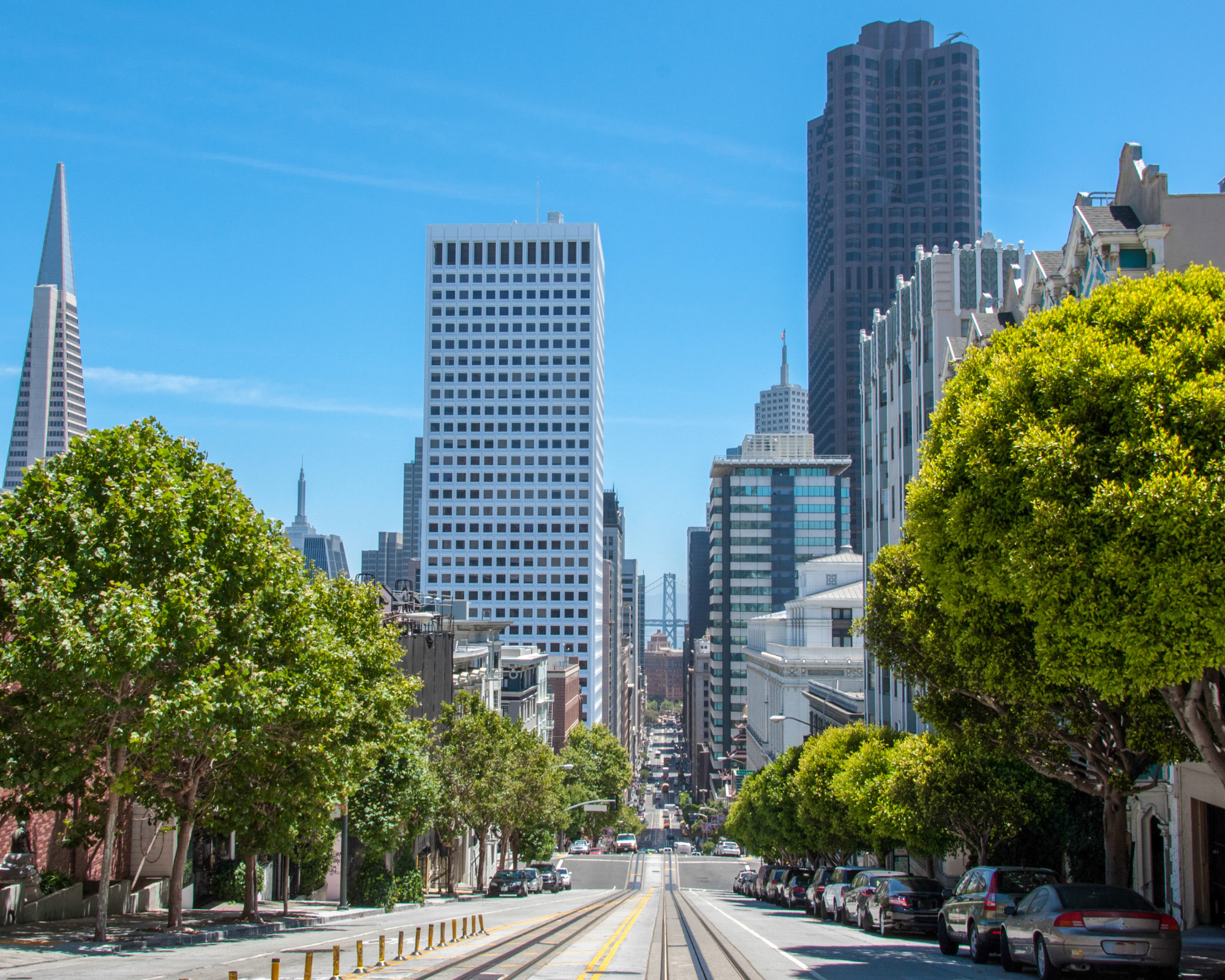
Trees Help Store, Clean, Process and Save Water
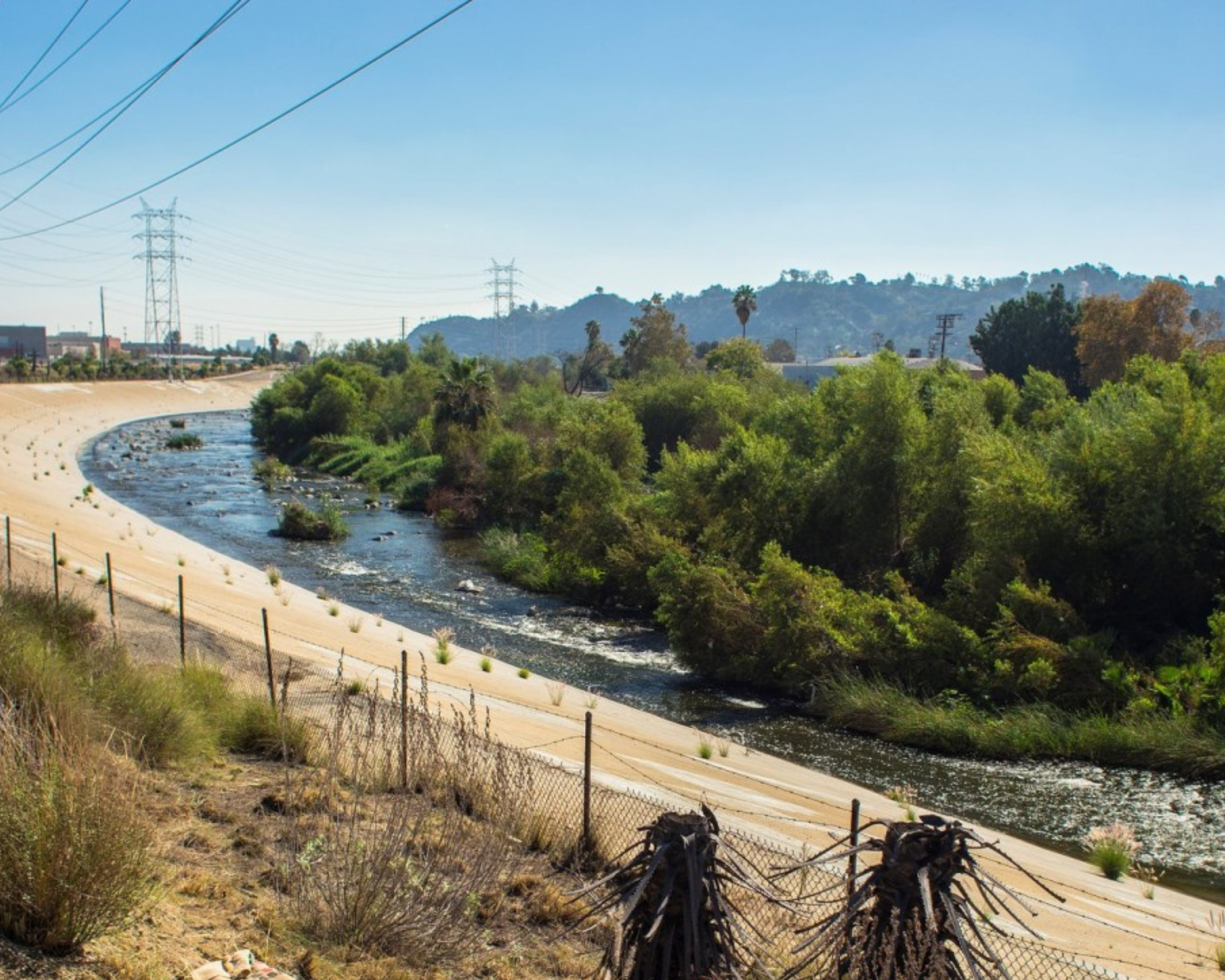
- Trees help keep our waterways clean by reducing storm water run-off and soil erosion
- Trees filter chemicals and other pollutants from water and soil
- Trees intercept rainfall, which protects against flash flooding and recharges groundwater supplies
- Trees need less water than lawns, and the moisture they release into the air can significantly reduce the water requirements of other landscape plants
- Trees help control erosion and stabilize mountains and shorelines
Trees Conserve Energy Making our Buildings, Systems and Properties More Efficient
- Trees mitigate the urban heat island effects by providing shading, reducing interior temperatures by up to 10 degrees
- Trees provide shade, moisture and windbreaks, decreasing the amount of energy needed to cool and heat our homes and offices
- Trees on residential properties can reduce heating and cooling costs by 8 – 12%
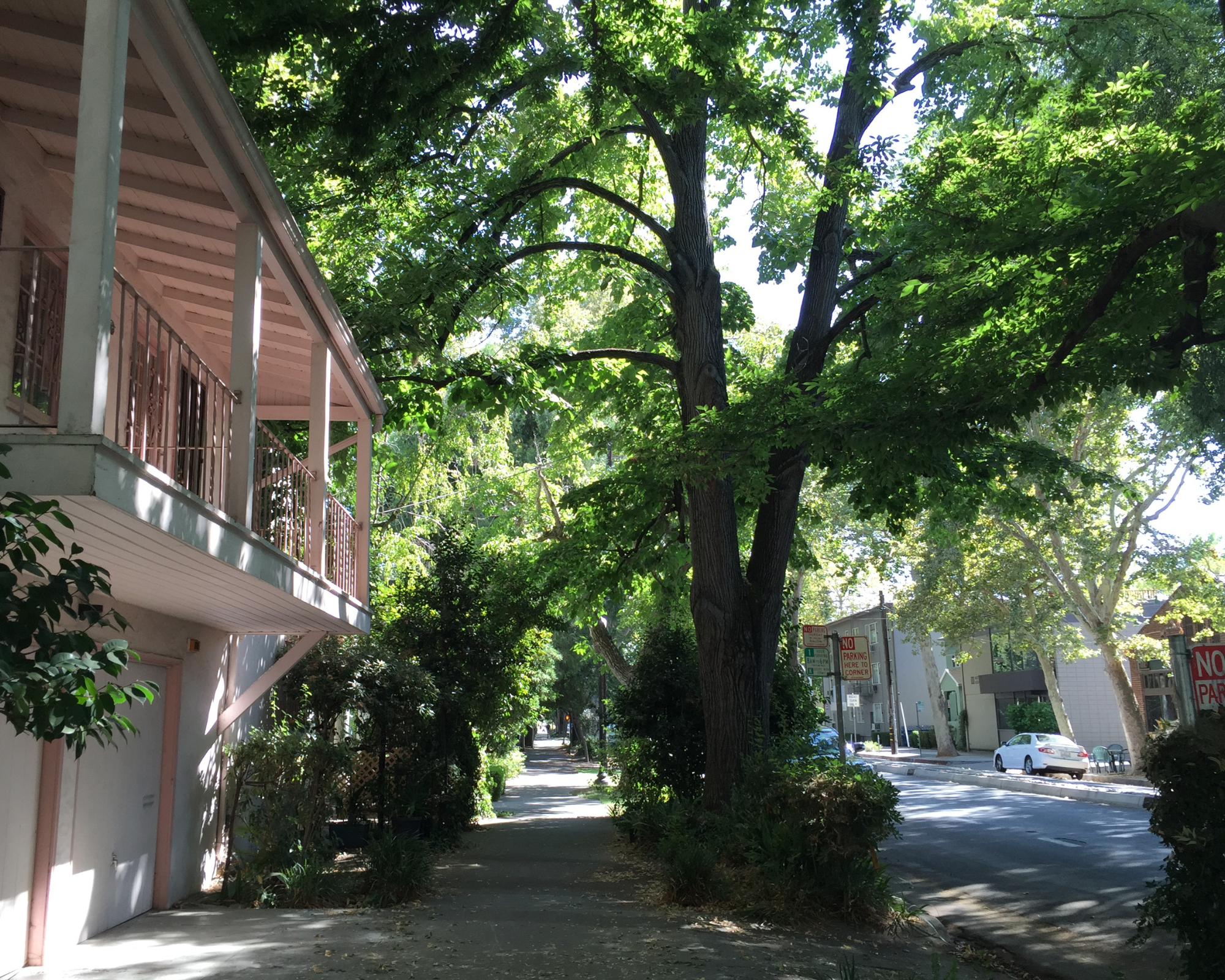
Trees Improve Mental and Physical Health for People of All Ages
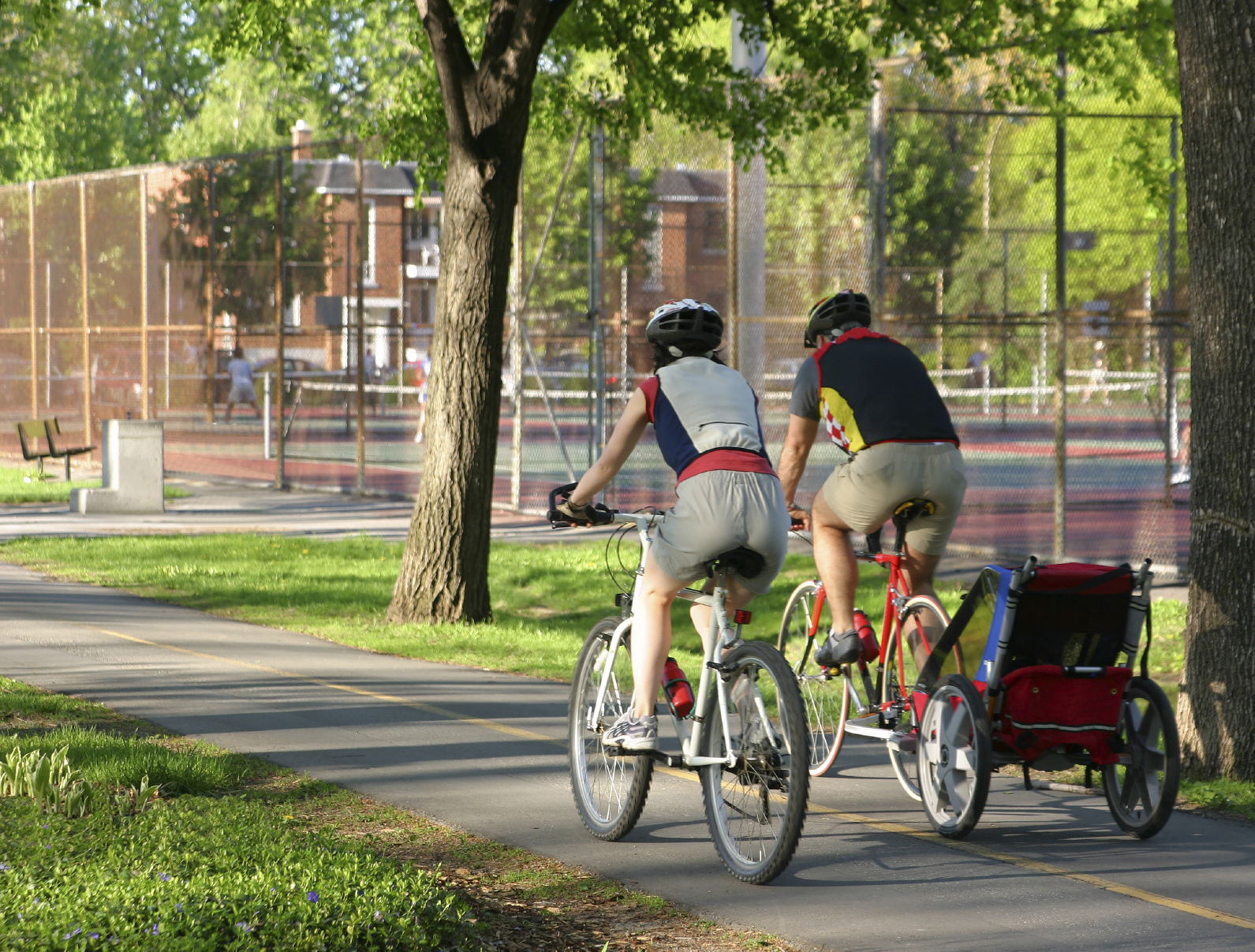
- Trees create a desirable environment for outdoor physical activity and encourage active lifestyles
- Trees reduce symptoms or incidences of attention and hypertension disorder (ADHD), asthma, and stress
- Trees reduce exposure to UV radiation thus reducing skin cancer
- Tree views can speed the recovery from medical procedures
- Trees produce fruit and nuts to contribute to a healthy diet for people and wildlife
- Trees create a setting for neighbors to interact, strengthen social ties, and create more peaceful and less violent communities
- Trees contribute to the overall physical, mental and social well-being of individuals and communities
- Tree canopy cover lower healthcare costs, see the “Dollars Grow on Trees” Northern California Study for more details
- See Green Cities: Good Health Research for more details
Trees Make Communities Safer and More Valuable
- Increase safety for drivers, passengers and pedestrians
- Reduce crime, including graffiti and vandalism
- Trees can increase residential property by 10% or more
- Trees can attract new businesses and residents
- Trees can boost business and tourism in commercial areas by providing shadier and more inviting walkways and parking lots
- Commercial and shopping districts with trees and vegetation have higher economic activity, customers stay longer, came from further distances, and spend more money compared to non-vegetated shopping districts
- Trees lower urban air temperature reducing heat related illness and deaths during extreme heat events
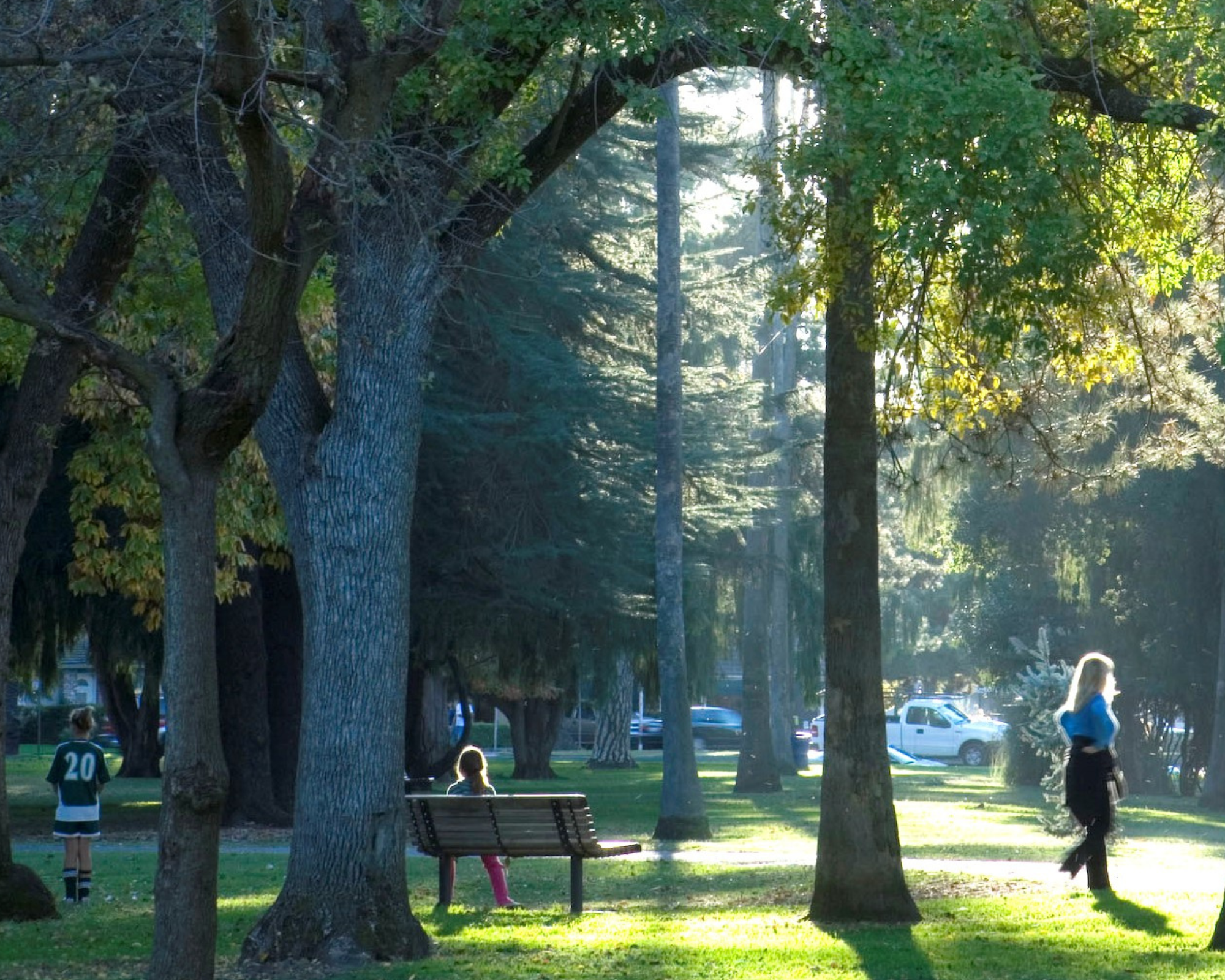
Trees Create Employment Opportunities

- As of 2010, the urban and community forestry sectors in California generated $3.29 billion in revenues and added $3.899 billion in value to the state’s economy
- Urban Forestry in California supports an estimated 60,000+ jobs in the state.
- There are more than 50 million sites available for planting new trees and approximately 180 million trees in need of care in California’s cities and towns. With plenty of work to be done, California can continue job creation and economic growth by investing in urban and community forests today.
- Urban forestry projects provide critical training to young adults and at-risk youth along with opportunities in the public works sector. Additionally, urban forestry care and management create both public and private sector jobs while creating a healthier, cleaner, and more livable environment for decades to come.
- Check out 50 Careers in Trees developed by the Tree Foundation of Kern
Citations and Studies
Anderson, L.M., and H.K. Cordell. “Influence of Trees on Residential Property Values in Athens, Georgia (U.S.A.): A Survey Based on Actual Sales Prices.” Landscape and Urban Planning 15.1-2 (1988): 153-64. Web. <http://www.srs.fs.usda.gov/pubs/ja/ja_anderson003.pdf>.
Armson, D., P. Stringer, & A.R. Ennos. 2012. “The Effect of Tree Shade and Grass on Surface and Globe Temperatures in an Urban Area.” Urban Forestry & Urban Greening 11(1):41-49.
Bellisario, Jeff. “Linking the Environment and the Economy.” Bay Area Council Economic Institute, May 12, 2020. http://www.bayareaeconomy.org/report/linking_the_environment_and_the_economy/.
Connolly, Rachel, Jonah Lipsitt, Manal Aboelata, Elva Yañez, Jasneet Bains, Michael Jerrett, “The association of green space, tree canopy and parks with life expectancy in neighborhoods of Los Angeles,”
Environment International, Volume 173, 2023, 107785, ISSN 0160-4120, https://doi.org/10.1016/j.envint.2023.107785.
Fazio, Dr. James R. “How Trees Can Retain Stormwater Runoff.” Tree City USA Bulletin 55. Arbor Day Foundation. Web. <https://www.arborday.org/trees/bulletins/coordinators/resources/pdfs/055.pdf>.
Dixon, Karin K., and Kathleen L. Wolf. “Benefits and Risks of Urban Roadside Landscape: Finding a Livable, Balanced Response.” 3rd Urban Street Symposium, Seattle, Washington. 2007. Web. <https://nacto.org/docs/usdg/benefits_and_risks_of_an_urban_roadside_landscape_dixon.pdf>.
Donovan, G. H., Prestemon, J. P., Gatziolis, D., Michael, Y. L., Kaminski, A. R., & Dadvand, P. (2022). The association between tree planting and mortality: A natural experiment and cost-benefit analysis. Environment International, 170, 107609. https://doi.org/10.1016/j.envint.2022.107609
Endreny, T. , R. Santagata, A. Perna, C. De Stefano, R. F. Rallo, and S. Ulgiati. “Implementing and Managing Urban Forests: A Much Needed Conservation Strategy to Increase Ecosystem Services and Urban Wellbeing.” Ecological Modelling 360 (September 24, 2017): 328–35. https://doi.org/10.1016/j.ecolmodel.2017.07.016.
Heidt, Volker, and Marco Neef. “Benefits of Urban Green Space for Improving Urban Climate.” In Ecology, Planning, and Management of Urban Forests: International Perspectives, edited by Margaret M. Carreiro, Yong-Chang Song, and Jianguo Wu, 84–96. New York, NY: Springer, 2008. https://doi.org/10.1007/978-0-387-71425-7_6.
Knobel, P., Maneja, R., Bartoll, X., Alonso, L., Bauwelinck, M., Valentin, A., Zijlema, W., Borrell, C., Nieuwenhuijsen, M., & Dadvand, P. (2021). Quality of urban green spaces influences residents’ use of these spaces, physical activity, and overweight/obesity. Environmental Pollution, 271, 116393. https://doi.org/10.1016/j.envpol.2020.116393
Kuo, Frances, and William Sullivan. “Environment and Crime in the Inner City: Does Vegetation Reduce Crime?” Environment and Behavior 33.3 (2001). Web. <https://doi.org/10.1177/0013916501333002>
McPherson, Gregory, James Simpson, Paula Peper, Shelley Gardner, Kelaine Vargas, Scott Maco, and Qingfu Xiao. “Coastal Plain Community Tree Guide: Benefits, Costs, and Strategic Planting.” USDA, Forest Service, Pacific Southwest Research Station. (2006). Web. <https://doi.org/10.2737/PSW-GTR-201>
McPherson, Gegory, and Jules Muchnick. “Effects of Street Tree Shade on Asphalt and Concrete Pavement Performance.” Journal of Arboriculture 31.6 (2005): 303-10. Web. <https://www.fs.usda.gov/research/treesearch/46009>.
McPherson, E. G., & R. A. Rowntree. 1993. “Energy Conservation Potential of Urban Tree Planting.” Journal of Arboriculture 19(6):321-331.<http://www.actrees.org/files/Research/mcpherson_energy_conservation.pdf>
Matsuoka, RH. 2010. “High School Landscapes and Student Performance.” Dissertation, University of Michigan. https://hdl.handle.net/2027.42/61641
Mok, Jeong-Hun, Harlow C. Landphair, and Jody R. Naderi. “Landscape Improvement Impacts on Roadside Safety in Texas.” Landscape and Urban Planning 78.3 (2006): 263-74. Web. <http://www.naturewithin.info/Roadside/RdsdSftyTexas_L&UP.pdf>.
National Scientific Council on the Developing Child (2023). Place Matters: The Environment We Create Shapes the Foundations of Healthy Development Working Paper No. 16. Retrieved from https://developingchild.harvard.edu/.
NJ Forest Service. “Benefits of trees: trees enrich the health and quality of our environment”. NJ Department of Environmental Protection.
Nowak, David, Robert Hoehn III, Daniel, Crane, Jack Stevens and Jeffrey Walton. “Assessing Urban Forest Effects and Values Washington, D.C.’s Urban Forest.” USDA Forest Service. (2006). Web. <https://doi.org/10.1016/j.envpol.2014.05.028>
Sinha, Paramita; Coville, Robert C.; Hirabayashi, Satoshi; Lim, Brian; Endreny, Theodore A.; Nowak, David J. 2022. Variation in estimates of heat-related mortality reduction due to tree cover in U.S. cities. Journal of Environmental Management. 301(1): 113751. 13 p. https://doi.org/10.1016/j.jenvman.2021.113751.
Strong, Lisa, (2019). Classrooms Without Walls: A study in Outdoor Learning Environments to Enhance Academic Motivation for K-5 Student. Master Thesis, California State Polytechnic University, Pomona. https://scholarworks.calstate.edu/concern/theses/w3763916x
Taylor, Andrea, Frances Kuo, and Williams Sullivan. “Coping with ADD the Surprising Connection to Green Play Settings.” Environment and Behavior (2001). Web. <https://doi.org/10.1177/00139160121972864>.
Tsai, Wei-Lun, Myron F. Floyd, Yu-Fai Leung, Melissa R. McHale, and Brian J. Reich. “Urban Vegetative Cover Fragmentation in the U.S.: Associations With Physical Activity and BMI.” American Journal of Preventive Medicine 50, no. 4 (April 2016): 509–17. https://doi.org/10.1016/j.amepre.2015.09.022.
Tsai, Wei-Lun, Melissa R. McHale, Viniece Jennings, Oriol Marquet, J. Aaron Hipp, Yu-Fai Leung, and Myron F. Floyd. “Relationships between Characteristics of Urban Green Land Cover and Mental Health in U.S. Metropolitan Areas.” International Journal of Environmental Research and Public Health 15, no. 2 (February 14, 2018). https://doi.org /10.3390/ijerph15020340.
Ulrich, Roger S. “The Value of Trees to a Community” Arbor Day Foundation. Web. 27 June 2011. <http://www.arborday.org/trees/benefits.cfm>.
University of Washington, College of Forest Resources. Urban Forest Values: Economic Benefits of Trees in Cities. Rep. Center for Human Horticulture, 1998. Web. <https://nfs.unl.edu/documents/communityforestry/urbanforestvalues.pdf>.
Van Den Eeden, Stephen K., Matthew H.E.M. Browning, Douglas A. Becker, Jun Shan, Stacey E. Alexeeff, G. Thomas Ray, Charles P. Quesenberry, Ming Kuo.
“Association between residential green cover and direct healthcare costs in Northern California: An individual level analysis of 5 million persons”
Environment International 163 (2022) 107174. <https://doi.org/10.1016/j.envint.2022.107174>.
Wheeler, Benedict W. , Rebecca Lovell, Sahran L. Higgins, Mathew P. White, Ian Alcock, Nicholas J. Osborne, Kerryn Husk, Clive E. Sabel, and Michael H. Depledge. “Beyond Greenspace: An Ecological Study of Population General Health and Indicators of Natural Environment Type and Quality.” International Journal of Health Geographics 14 (April 30, 2015): 17. https://doi.org/10.1186/s12942-015-0009-5.
Wolf, K. L. 2005. “Business District Streetscapes, Trees and Consumer Response.” Journal of Forestry 103(8):396-400. <https://www.fs.usda.gov/pnw/pubs/journals/pnw_2005_wolf001.pdf>
Yeon, S., Jeon, Y., Jung, S., Min, M., Kim, Y., Han, M., Shin, J., Jo, H., Kim, G., & Shin, S. (2021). Effect of Forest Therapy on Depression and Anxiety: A Systematic Review and Meta-Analysis. International Journal of Environmental Research and Public Health, 18(23). https://doi.org/10.3390/ijerph182312685
